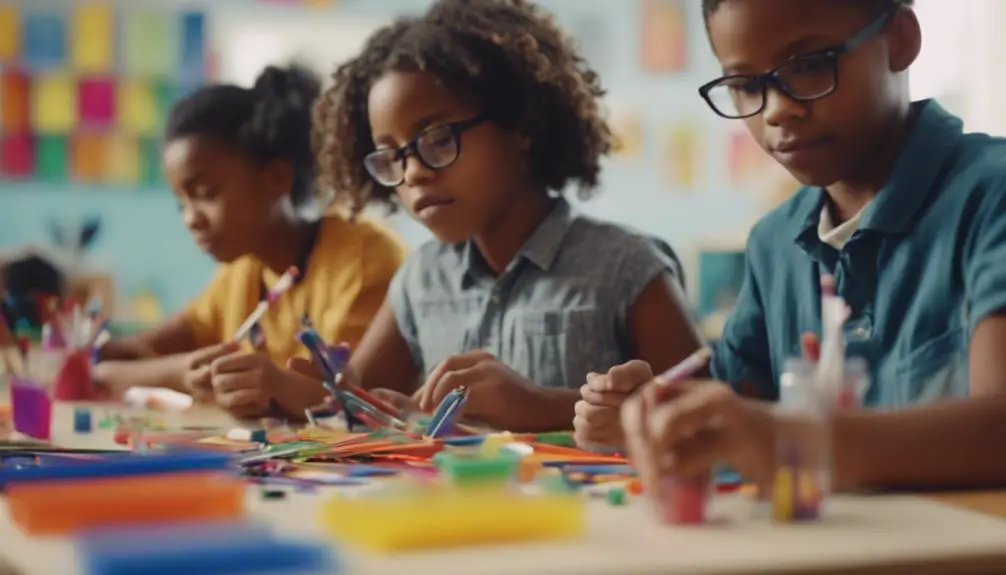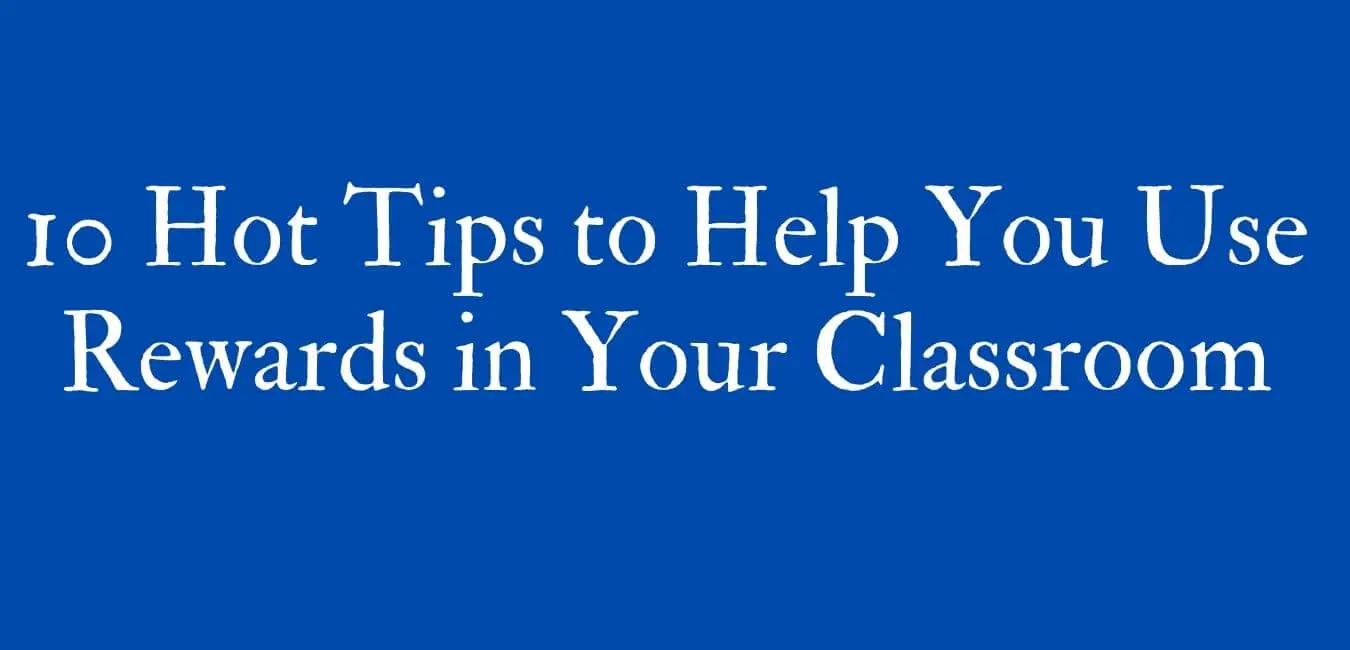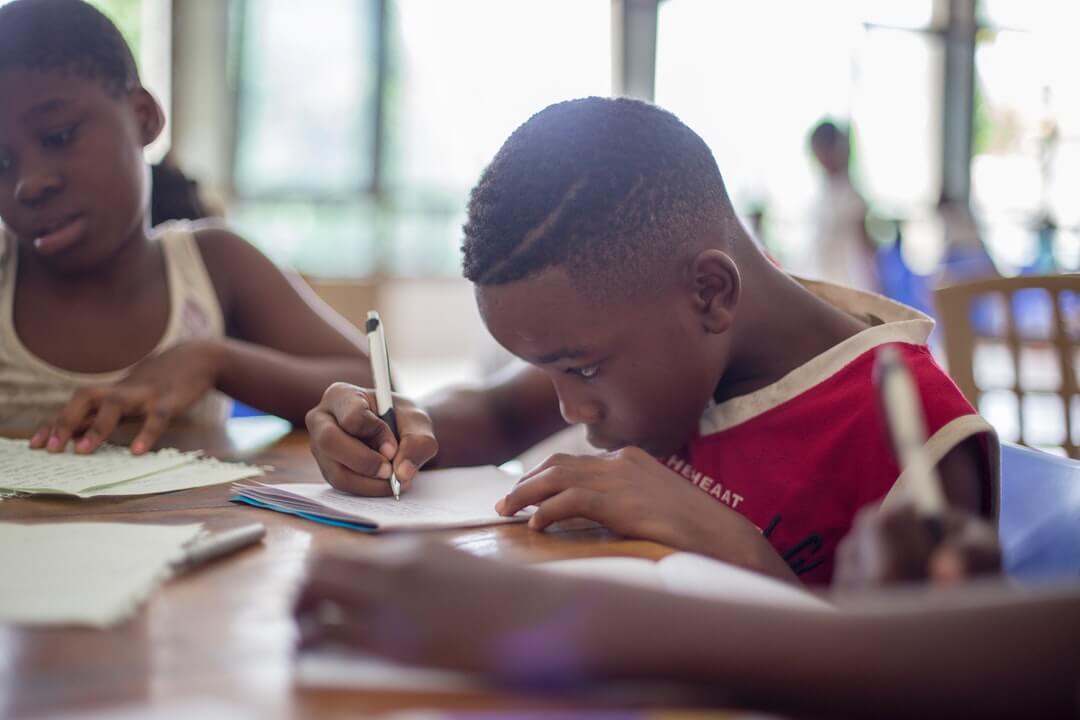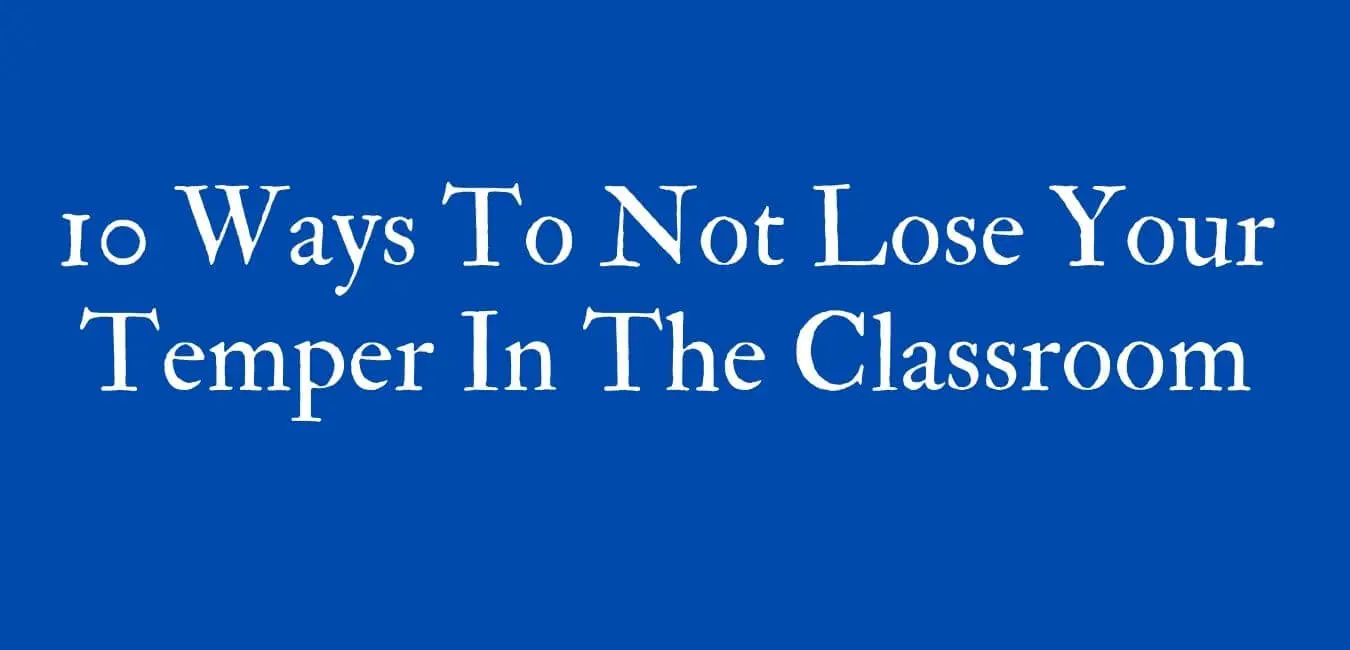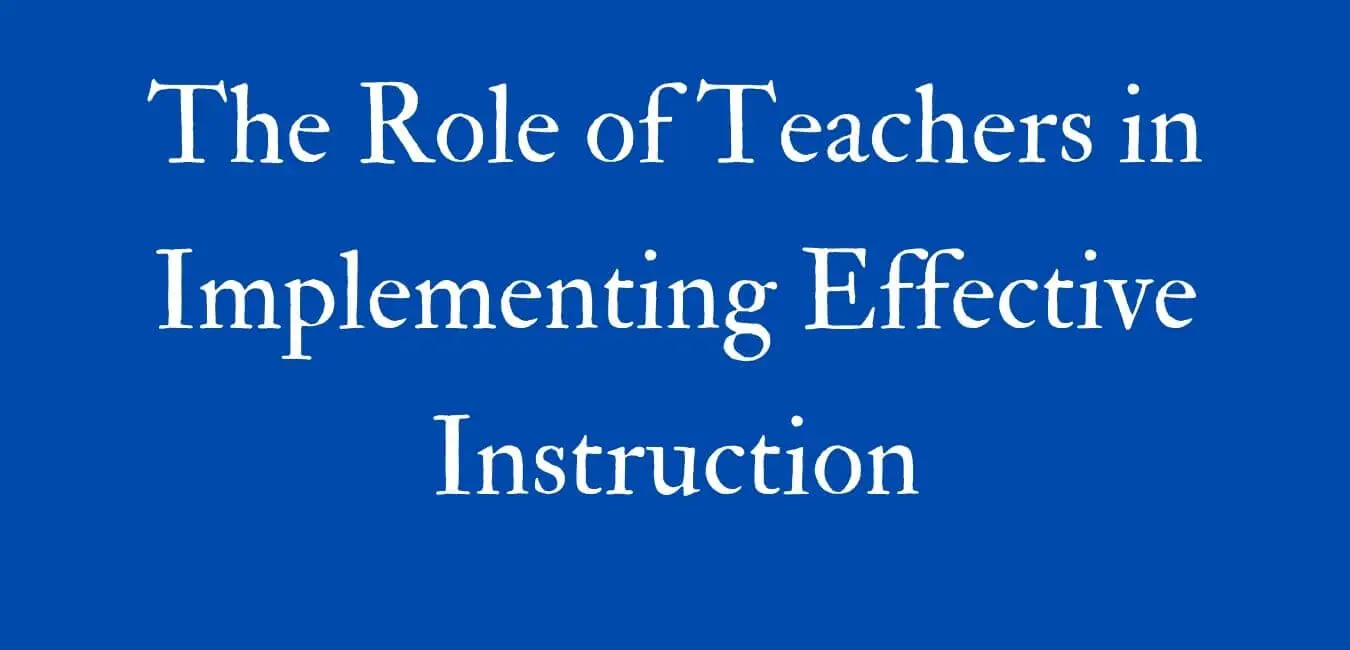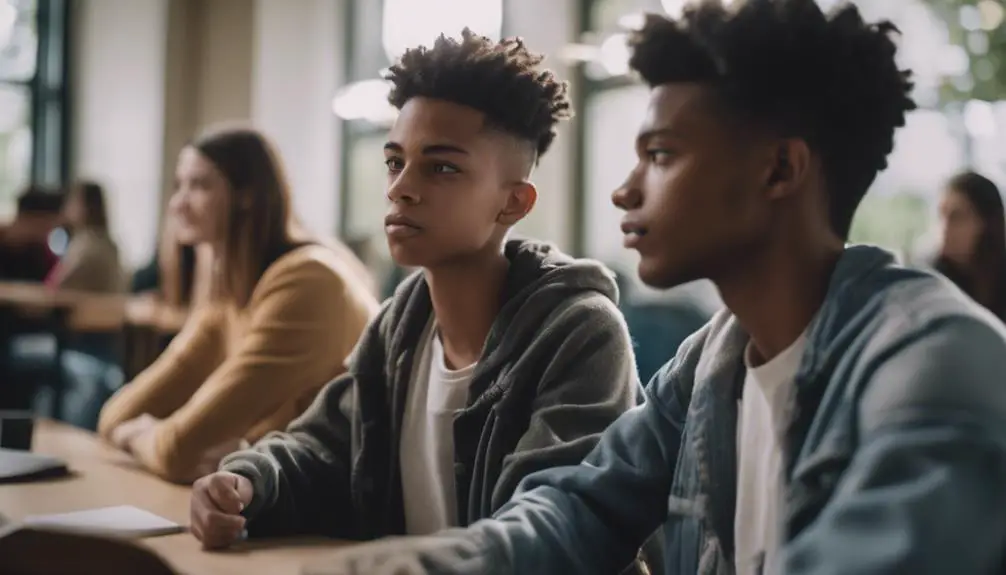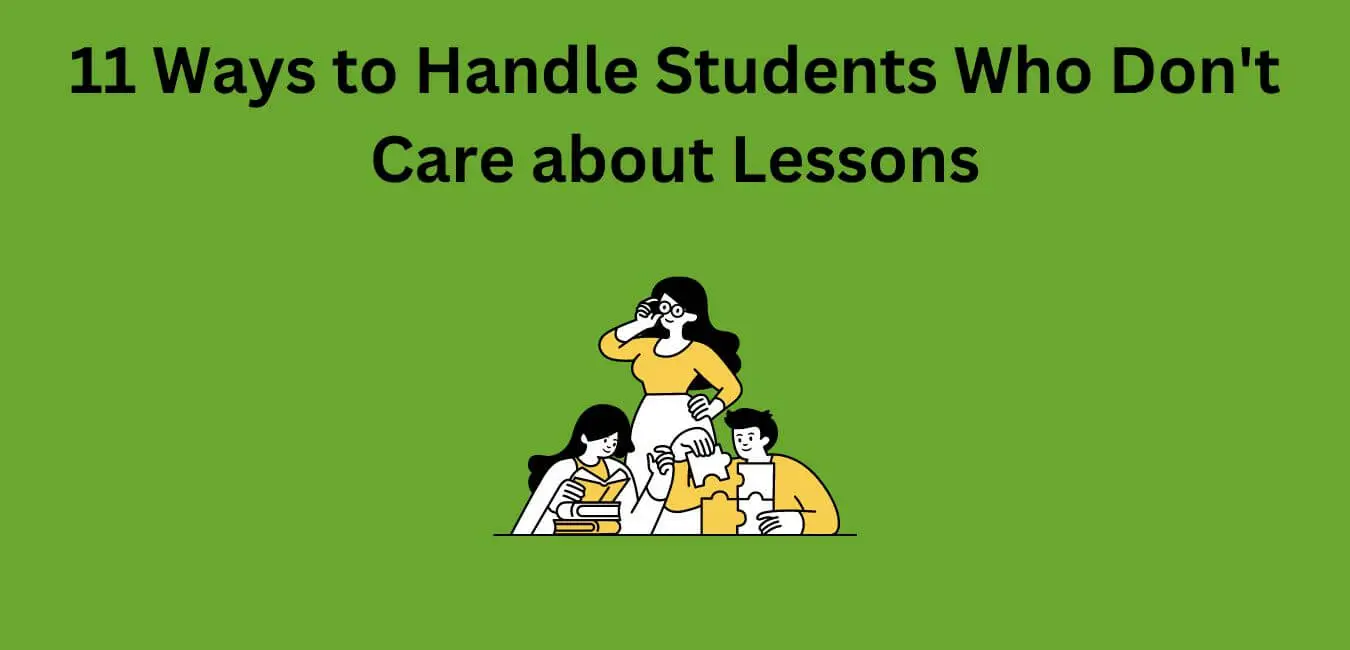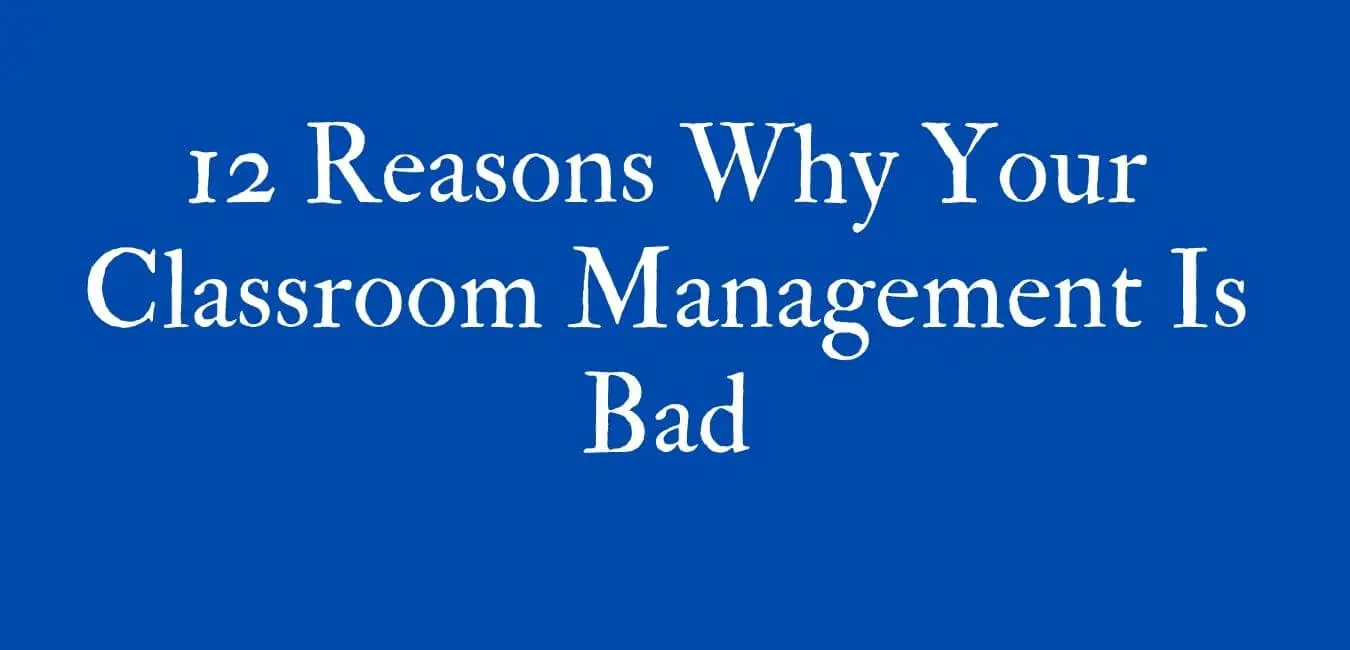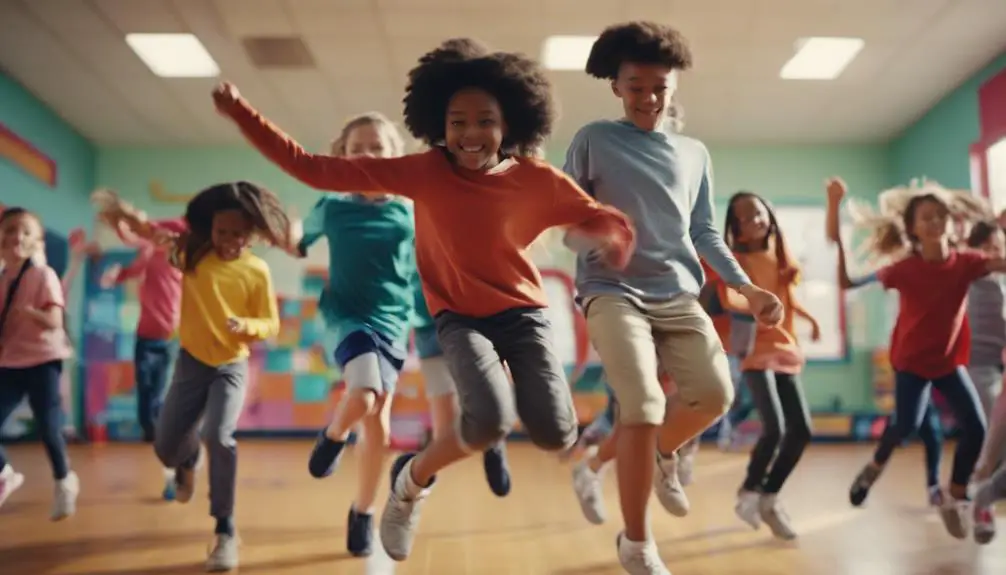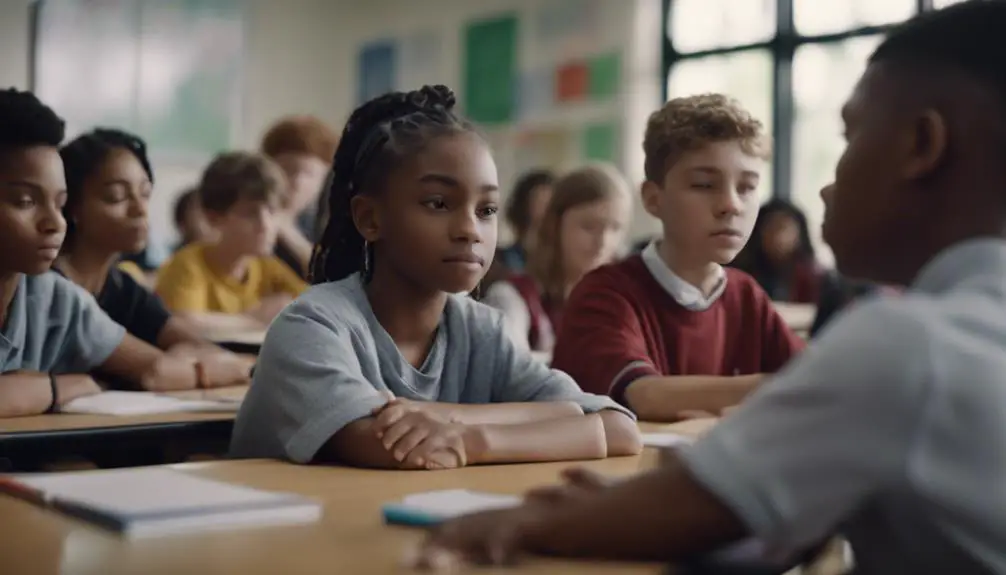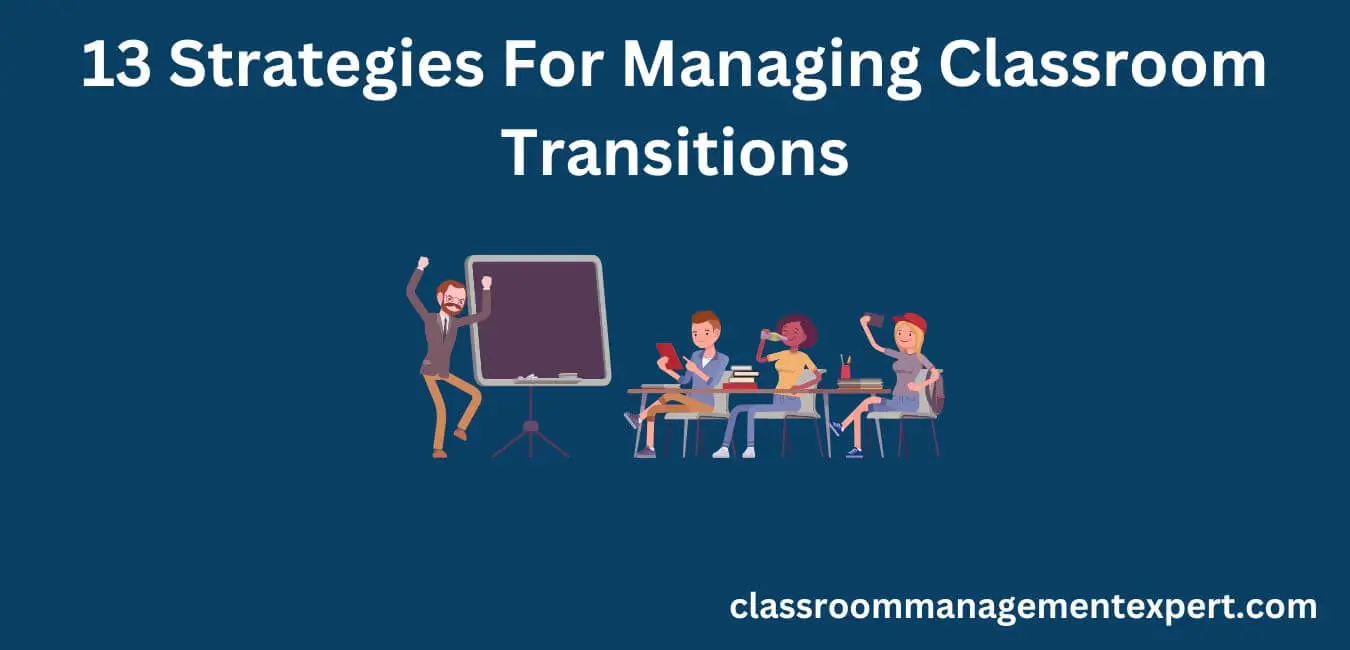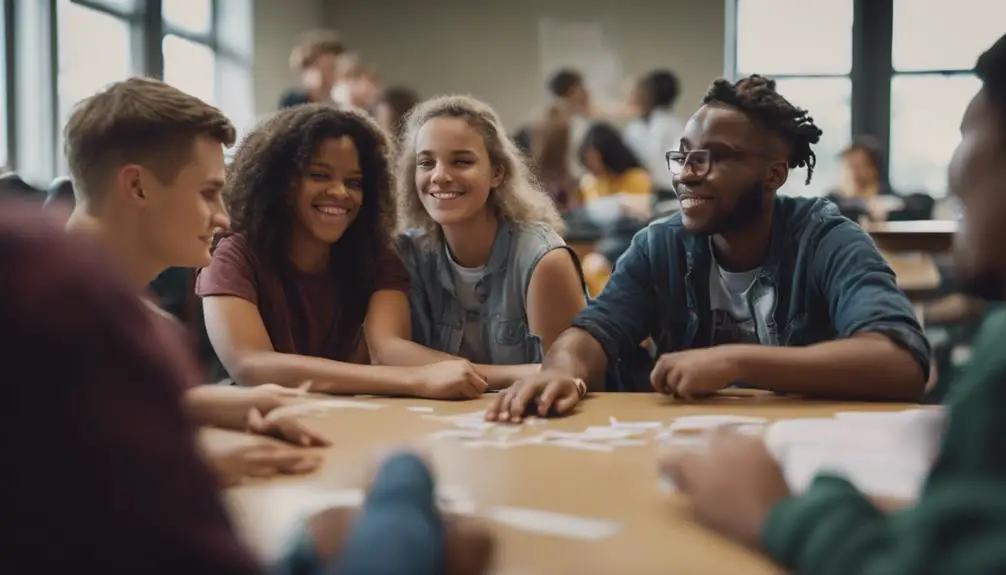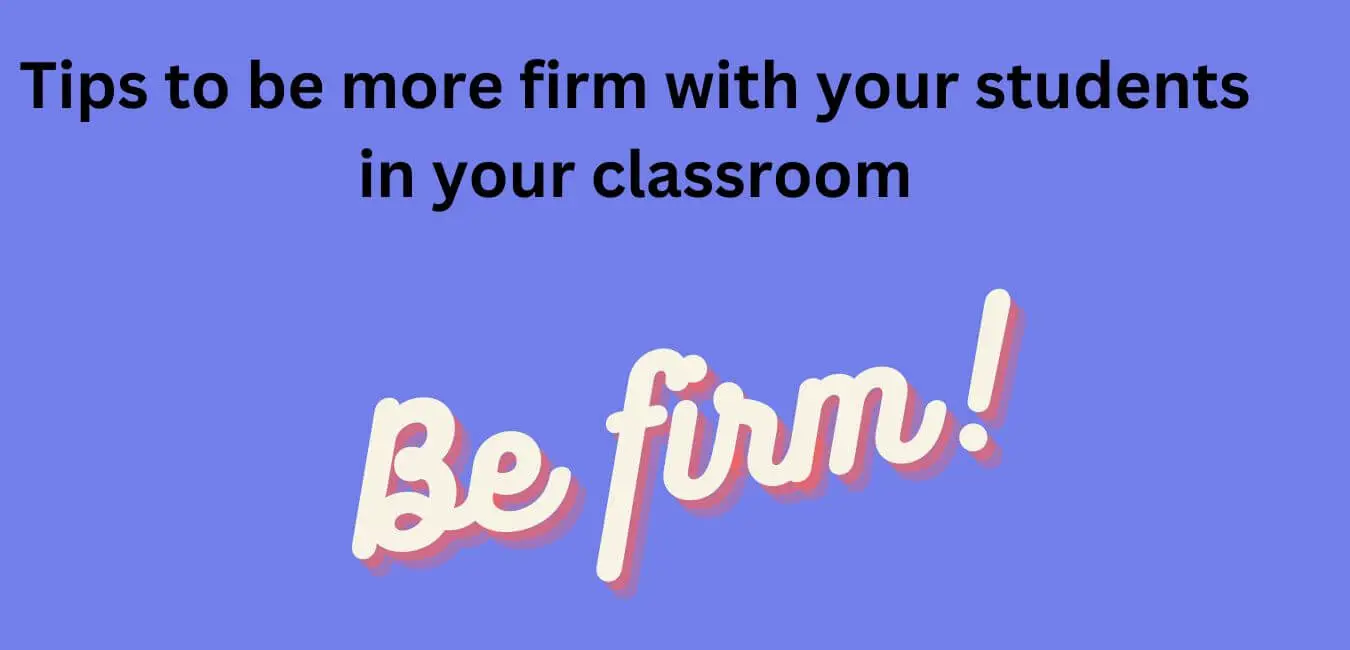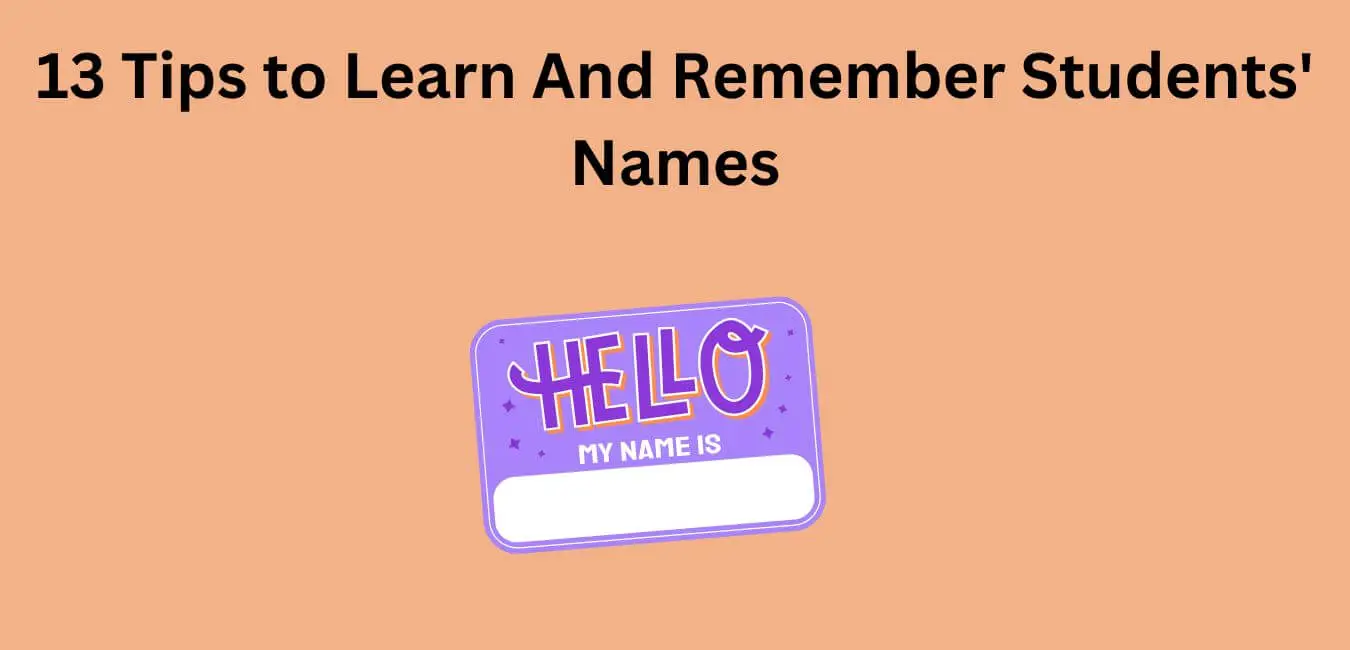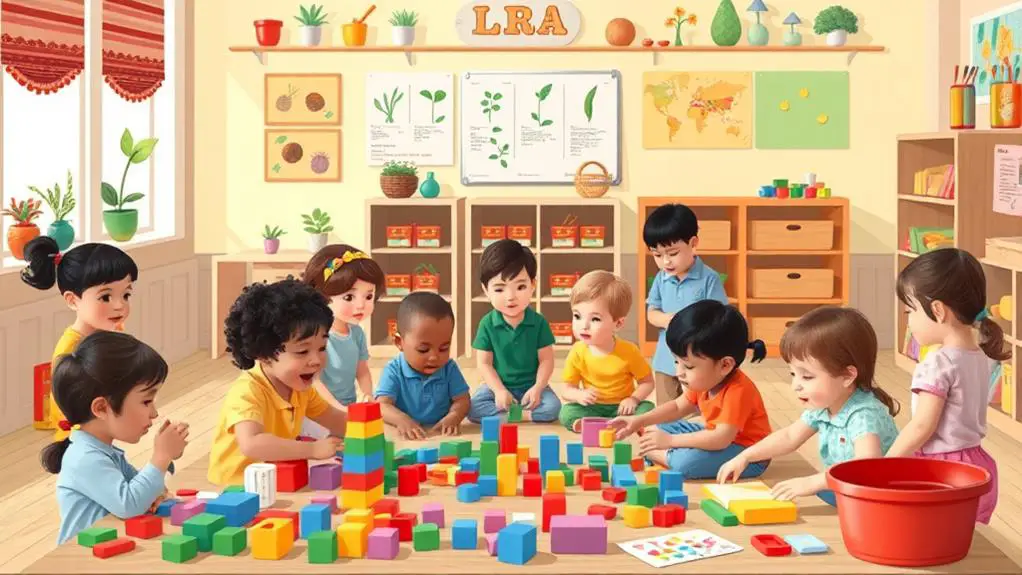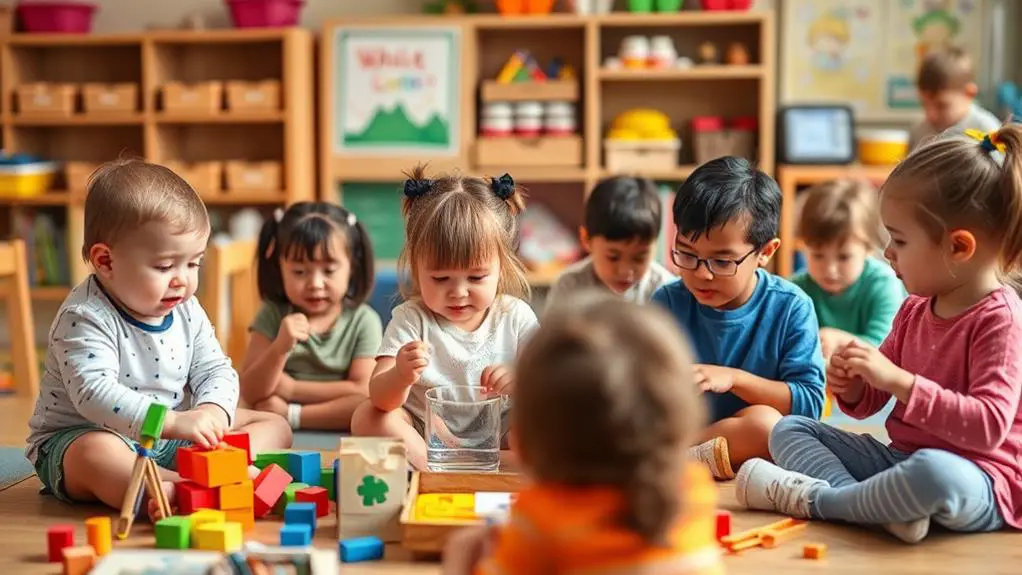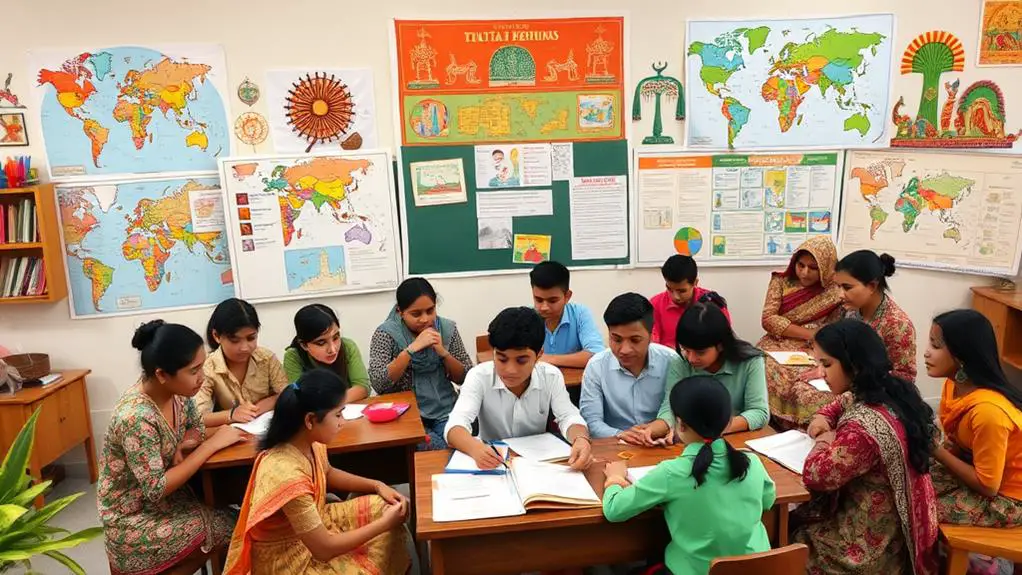When considering effective change activities, one noteworthy example is the implementation of transition songs. These engaging tools can significantly enhance the process of moving from one activity to another, creating a smoother and more enjoyable experience for everyone involved. A memorable tune can not only grab attention but also encourage a sense of community among students.
To build on this approach, there are several other strategies that can further improve transitions. For instance, incorporating visual timers can help students understand how much time is left for an activity, allowing them to prepare mentally for the next one.
Another effective method is using simple signals, such as hand claps or chimes, to indicate that it’s time to shift focus. These techniques, alongside transition songs, can create a more organized and cohesive environment, ultimately benefiting the learning experience.
Importance of Transition Activities
Transition activities play a crucial role in helping individuals adapt to new environments, whether they involve moving from one grade to another or starting a new job. I’ve observed how these activities can significantly reduce anxiety and foster a sense of belonging, particularly in educational settings.
When I integrate transition activities into my classroom management, I’m not merely creating a schedule; I’m fostering a supportive community. These activities enhance social-emotional skills, allowing students to articulate their feelings and connect with one another.
For instance, during group discussions or icebreaker games, I observe students becoming more open, forming friendships, and developing empathy. This foundation of trust enables me to cultivate a more cohesive learning environment where every individual feels valued and included.
Moreover, transition activities help students identify and manage their emotions during periods of change. Guiding them through these transitions empowers them to face new challenges with confidence.
It’s essential to prioritize moments of connection and understanding when serving others. Ultimately, nurturing emotional growth through structured activities not only facilitates individual adjustment but also enriches the overall classroom experience.
Quiet Reading Time
Incorporating quiet reading time into our daily routine presents a multitude of advantages for both concentration and relaxation. This practice not only helps everyone unwind but also fosters a genuine appreciation for literature. Implementing these reading sessions can be done effectively by setting aside dedicated time each day, perhaps during the evening or early morning when distractions are minimal.
Establishing a comfortable reading nook can enhance the experience. A cozy chair, good lighting, and a selection of engaging books will encourage participants to immerse themselves in their reading. For younger readers, consider providing a variety of genres, including illustrated storybooks and educational materials, to spark their interest.
Moreover, encouraging discussions about the books being read can reinforce comprehension and create a sense of community. Sharing thoughts and insights about the material can deepen understanding and promote critical thinking.
Benefits of Quiet Reading
In the serene moments dedicated to quiet reading, I often find myself deeply engaged in new worlds and ideas, discovering the numerous advantages that come with simply picking up a book. One of the most significant benefits is how it enhances student engagement. When learners immerse themselves in a narrative, they aren’t merely reading; they’re experiencing cognitive growth as they process information and forge connections.
Quiet reading acts as an effective method for stress relief, enabling us to escape into different realities and rejuvenate our minds. I’ve observed a notable improvement in vocabulary, as exposure to diverse texts enriches language skills. This enhancement not only supports comprehension but also fosters a profound appreciation for literacy.
Moreover, quiet reading stimulates the growth of imagination, encouraging creativity and innovation in thought processes. It’s remarkable how naturally focus improves; the more we read, the more our concentration strengthens.
Ultimately, these practices nurture a passion for lifelong learning, motivating us to pursue knowledge beyond the pages. Embracing quiet reading time benefits not only ourselves but also inspires those around us on their journey toward literacy and personal growth.
Implementing Reading Sessions
Establishing regular reading sessions can significantly enhance our interaction with literature. I’ve witnessed how these serene moments boost reading comprehension and elevate student engagement. Implementing reading sessions can be a straightforward yet impactful routine. Here’s my approach:
- Set a Schedule: I select a consistent daily time for reading. This routine helps students anticipate the session and prepares them mentally.
- Create a Comfortable Space: I ensure the environment is inviting, featuring cozy seating and ample lighting. A relaxed atmosphere fosters focus and enjoyment during reading time.
- Offer Diverse Reading Materials: I provide a wide range of genres and topics to meet various interests. This variety keeps students engaged and introduces them to new ideas, expanding their horizons.
- Encourage Reflection: After reading, I invite students to share their thoughts. This discussion reinforces comprehension and cultivates a sense of community among participants.
Regular reading sessions not only enhance literacy skills but also build a love for reading that can last a lifetime.
Interactive Brain Breaks
Taking a few moments for interactive brain breaks can significantly enhance your concentration and energy levels. Incorporating mindfulness exercises into these breaks helps clear the mind and boosts productivity. Engaging in simple sensory activities, such as stretching or enjoying a healthy snack, can effectively recharge your energy.
Collaborative games serve as excellent ways to invigorate a group. Movement routines can elevate everyone’s mood, promoting a sense of teamwork and connection. These activities provide a necessary pause from our tasks and help refocus our minds.
Breathing exercises are also valuable tools. Spending just a few minutes on deep breathing can calm nerves and enhance concentration. Including relaxation strategies fosters a balanced atmosphere where everyone feels more comfortable.
Implementing focus techniques, such as brief, structured breaks, can significantly improve attention throughout the day. Prioritizing these interactive brain breaks not only revitalizes us but also demonstrates our dedication to supporting others effectively.
Adopting these strategies can lead to noticeable improvements in productivity for everyone involved.
Transition Songs
When considering change songs, it’s evident that they can significantly enhance our daily routines. These tunes not only facilitate smoother transitions from one task to another but also infuse a sense of enjoyment into the process. For instance, using a lively song when transitioning from playtime to cleanup can make the switch less daunting for children.
Several popular change songs include “Clean Up” by The Wiggles and “Time to Clean Up” from the Disney Junior series. Implementing these songs effectively in various settings—be it at home, in the classroom, or during playgroups—can create a positive atmosphere.
It’s important to choose songs that are catchy and easy to remember. This way, individuals can anticipate the change and respond positively. Incorporating these tunes into routines can foster a sense of order and make transitions feel more like a fun activity rather than a chore.
Benefits of Transition Songs
Change songs are essential tools for helping children transition smoothly and joyfully from one activity to another. I’ve witnessed the significant benefits these songs provide. They not only enhance the enjoyment of the transition but also establish a sense of routine and predictability for children.
Here are some important advantages I’ve noticed:
- Improved Focus: Change songs capture children’s attention, making it simpler for them to engage with the upcoming activity. For instance, using a lively melody can direct their energy toward what comes next.
- Emotional Regulation: The soothing qualities of music can alleviate anxious feelings, allowing children to feel more at ease as they prepare for a shift. A gentle lullaby, for example, can help calm nerves during a transition from playtime to nap time.
- Social Connection: Singing together fosters a sense of community among peers, promoting cooperation and friendship. For example, a group sing-along can strengthen bonds as children harmonize and share in the joy of music.
- Memorable Cues: The rhythm and melody of change songs serve as effective signals that it’s time to switch activities, reinforcing the routine. A catchy tune associated with clean-up time can make the task more engaging and memorable.
In my observations, the effectiveness of these songs in creating a positive atmosphere is significant. Incorporating change songs into daily routines nurtures an environment that supports children’s emotional and social growth.
Using the power of music transforms transitions into meaningful moments, making them not only easier but also more enjoyable for everyone involved.
Popular Transition Song Examples
There are many transition songs available, but some stand out for their ability to engage children and make activity shifts smoother. Music selection plays a critical role; tunes like “The Banana Song” and “If You’re Happy and You Know It” are popular among kids because of their catchy tunes and relatable themes. These songs not only encourage rhythmic activities but also promote participation techniques that involve everyone in the group.
When analyzing song themes, it’s important to consider the emotional connections they create. For instance, songs that encourage movement, such as “Shake It Off,” allow children to express themselves physically, aiding in the transition from one activity to another.
It’s interesting how cultural influences affect our song choices, as some selections may reflect the diverse backgrounds of our students. I also keep student preferences in mind, ensuring a mix of melodic patterns to maintain high engagement levels.
The right transition songs can significantly enhance the atmosphere in the classroom, making activity shifts not only smoother but also more enjoyable. Thoughtfully integrating these musical elements fosters a positive environment that encourages collaboration and creativity among students.
Tips for Implementation
Implementing change songs effectively requires careful planning and an understanding of your students’ needs. Shift songs can significantly contribute to a calm and focused environment. Here are some strategies to maximize the impact of these songs:
- Select Appropriate Songs: It’s essential to choose songs that connect with your students. Take into account their musical preferences and the emotional atmosphere you aim to create during transitions.
- Guide Mindful Breathing: Before playing the song, take a moment to lead your students through mindful breathing exercises. This practice helps them center their thoughts and prepares them for the upcoming change.
- Incorporate Sensory Tools: Consider introducing sensory items such as fidget spinners or stress balls during the song. These tools can assist students in managing their emotions and maintaining their focus.
- Create a Consistent Routine: Establishing a routine is crucial for effective transitions. Utilize the same songs for particular shifts, allowing students to anticipate what’ll happen next. This predictability can help reduce anxiety and facilitate smoother transitions.
Group Discussion Circles
Engagement plays a crucial role in any learning environment, and group discussion circles serve as an effective platform to enhance collaboration and critical thinking. These circles significantly improve team dynamics, enabling participants to explore topics together in a meaningful way.
When organizing a discussion circle, I promote role sharing, encouraging each participant to contribute based on their unique strengths. This approach quickly establishes feedback loops; individuals actively listen, absorb, and reflect on each other’s insights.
I frequently incorporate question prompts to initiate conversations, which often leads to notable shifts in perspective, deepening our understanding of the subject matter.
During these sessions, brainstorming solutions emerges naturally. It’s rewarding to witness how participants draw from their shared experiences to generate innovative ideas that address challenges.
At times, differing opinions arise, prompting deeper discussions that can resolve conflicts and strengthen relationships among members.
Ultimately, group discussion circles create a nurturing environment for generating ideas, where every voice is valued. By fostering open dialogue, we empower each other to grow and better serve our community.
I highly recommend adopting this method; it has the potential to transform your approach to collaborative learning.
Movement Activities
Movement activities play a crucial role in revitalizing both the mind and body during learning sessions. When I weave these activities into my routine, I experience a remarkable increase in engagement and energy levels.
Here are some excellent suggestions to incorporate movement into your sessions while fostering teamwork and creativity:
- Movement Games: Engaging in games such as tag or more complex activities that require strategy and cooperation can strengthen connections among participants. These games not only promote physical activity but also enhance social skills and teamwork.
- Obstacle Courses: Creating an obstacle course presents physical challenges that improve coordination and balance while injecting an element of enjoyment. This activity encourages participants to navigate through various tasks, boosting their confidence and cooperation.
- Dance Breaks: Taking a brief moment for a dance session can elevate mood and refresh the mind, allowing for better concentration afterward. This activity helps to release energy and encourages a joyful atmosphere.
- Active Storytelling: This innovative approach merges rhythm activities with movement, enabling participants to act out scenes from a story. Such engagement enhances comprehension and retention of the material, making learning more dynamic and memorable.
Incorporating these movement activities not only energizes participants but also cultivates a collaborative and creative environment, making learning sessions more effective and enjoyable.
Visual Schedules
Using visual schedules can significantly enhance the organization of daily activities for everyone involved. These tools offer distinct advantages, such as improved clarity and communication regarding tasks and routines.
Various types of visual schedules exist, making it easy to incorporate them into different settings, whether at home or in educational environments. For instance, a daily chart featuring pictures or icons can help children understand their morning routine, while a color-coded schedule can assist adults in managing work tasks efficiently.
Effective implementation of visual schedules not only aids in maintaining structure but also promotes independence in completing tasks. When individuals can visually track their progress, they’re more likely to stay engaged and motivated.
Consider using tools like wall calendars or digital apps that allow for easy updates and reminders. Overall, integrating visual schedules into our daily lives can lead to smoother transitions and a more organized approach to time management.
Benefits of Visual Schedules
Visual schedules serve as an effective means to enhance routine and structure in daily activities. These visual cues can significantly change how students interact with their surroundings, fostering emotional readiness and improving time management skills.
Here are some important advantages of utilizing visual schedules:
- Routine Consistency: Visual schedules establish a predictable framework that helps students grasp what’ll happen next, which in turn can alleviate feelings of anxiety.
- Schedule Flexibility: These schedules can easily adjust to accommodate changing circumstances, ensuring that transitions are smooth while still providing the necessary structure.
- Student Engagement: The incorporation of visual elements encourages students to actively participate in their learning processes, which promotes a sense of ownership and responsibility.
- Behavior Reinforcement: Visual schedules support goal setting and achievement recognition, which can reinforce positive behaviors and motivate ongoing progress.
Implementing visual schedules not only encourages independence but also helps maintain routine consistency, a crucial component for effective learning.
They aid students in developing essential life skills, making it simpler for them to manage their time and navigate daily activities.
Implementing Visual Schedules
Integrating visual schedules into everyday activities can significantly enhance how students engage with their tasks. Utilizing visual cues, such as images or icons, greatly improves students’ comprehension of their responsibilities. Clearly displaying upcoming activities helps students feel more prepared and reduces anxiety associated with changes in their routine.
A crucial element of implementing visual schedules is the need for flexibility. Not every day unfolds as anticipated, so the ability to modify the schedule is vital. I frequently adapt the visuals to cater to individual needs, ensuring students can follow along even when adjustments are necessary. This adaptability honors their distinct learning styles and encourages a sense of ownership over their routines.
When I first introduce visual schedules, I invite students to take part in the process. They can select images or even design their own schedules. This involvement boosts their confidence and increases their investment in daily activities.
Ultimately, incorporating visual schedules not only improves time management but also enhances how students connect with their environment. This approach enriches their learning experience and fosters greater independence.
For example, using apps like “Choiceworks” or “Visual Schedule Planner” can help create personalized visual schedules tailored to specific needs. These tools offer a variety of images and customization options, making it easier for students to engage with their daily tasks.
Types of Visual Schedules
Visual schedules come in various forms, each designed for specific purposes and adaptable to fit individual needs. The use of visual cues plays a crucial role in enhancing routine consistency and aiding sensory integration for students. When developing effective visual schedules, consider these options:
- Daily Schedules: These schedules outline the order of activities throughout the day, ensuring that timings are appropriate for the student’s age and personal preferences. For instance, a daily schedule might include blocks of time for classes, breaks, and lunch, making it easier for students to anticipate what comes next.
- Choice Boards: These tools offer flexibility in the schedule by allowing students to pick activities based on their interests. For example, a choice board might include options like reading, drawing, or playing a game, which encourages students to engage more actively in their learning.
- First-Then Boards: These visual aids clarify the sequence of tasks, helping students understand what they need to do first and what’ll follow. This structure can significantly reduce anxiety around transitions. For instance, a first-then board might indicate “First finish math work, Then play outside,” providing a clear path from one task to the next.
- Visual Timers: These devices serve as effective feedback tools, helping students see how much time remains for a given activity. For example, using a visual timer during a reading session allows students to anticipate when they’ll switch to another task, thereby easing the transition.
Incorporating these types of visual schedules can greatly enhance a student’s learning experience by promoting clarity, reducing anxiety, and fostering independence.
Hands-On Learning Stations
Engagement in learning is crucial for memory retention, and hands-on learning stations present an interactive method that captivates students. These stations create remarkable opportunities for sensory exploration, allowing students to immerse themselves in thematic learning that resonates deeply with their interests.
Through active participation in hands-on activities, children can develop essential skills while investigating various subjects. I enjoy arranging collaborative projects where they work together, enhancing teamwork and problem-solving abilities.
These experiential approaches promote not only academic progress but also personal growth, as students express their creativity in concrete ways.
For instance, I recently set up a science station focused on building simple machines. The joy on their faces as they tackled challenges and manipulated different materials was truly gratifying.
Each station can center around distinct themes, ensuring that the learning experience remains relevant and engaging for all students.
Guided Meditation
Guided meditation serves as an effective method for enhancing concentration and alleviating stress within the classroom environment.
Introducing mindfulness techniques can help establish a serene and focused atmosphere, enabling students to transition seamlessly between different activities. Incorporating breathing exercises promotes relaxation and mental clarity, which are vital for successful learning outcomes.
Here are four straightforward steps to conduct a guided meditation session:
- Choose a quiet environment: Ensure the classroom is devoid of distractions, allowing students to concentrate on their inner thoughts.
- Encourage comfortable seating: Have students sit in a relaxed position with their feet flat on the floor and their hands resting on their laps.
- Guide breathing exercises: Prompt students to engage in deep, slow breathing—inhale deeply through the nose and exhale gently through the mouth. Continue this practice for a few minutes to help them settle into a meditative state.
- Encourage visualization of tranquility: Lead students to imagine a peaceful setting, such as a serene beach or a tranquil forest, which can enhance their relaxation and focus.
Implementing these steps can aid students in managing their emotions effectively and contribute to a nurturing learning environment.
Many educators have witnessed the benefits firsthand, and it’s worth considering for your classroom.
Creative Transition Prompts
Many educators discover that creative shift prompts can significantly enhance the flow of activities in the classroom. Incorporating these prompts has led to noticeable improvements in student engagement. For example, I frequently employ creative storytelling techniques to transition between subjects. This method encourages students to create narratives that interconnect various topics, which deepens their understanding.
Art exploration is another effective way to facilitate transitions. I’ve introduced themed crafts that align with our lessons, allowing students to express their creativity while smoothly shifting focus. Engaging in sensory activities, such as exploring different textures, can also rejuvenate their energy and prepare them for the next task.
Role-playing scenarios have emerged as an enjoyable method for transitions, with students stepping into different characters to enrich their learning experiences. Music improvisation lightens the atmosphere, fostering movement games that energize the classroom.
I appreciate incorporating collaborative projects during these shifts, as they encourage teamwork among students. Nature walks offer a refreshing break, helping students reconnect with their environment before returning to their tasks. Mindfulness practices also play a crucial role in grounding students, easing them into the next activity.
Utilizing these creative prompts instills confidence in guiding my students through their educational journey.
Conclusion
In the vibrant atmosphere of a classroom, transition activities act as essential elements that maintain a smooth flow of learning. These activities transform potential disruptions into engaging experiences, enriching the educational journey with moments of joy and connection. Incorporating shift songs or interactive brain breaks can significantly enhance student focus and community spirit.
For instance, introducing a quick movement activity, like “Simon Says” or a short dance session, allows students to release excess energy and refocus their minds. These strategies not only make learning enjoyable but also help in building a supportive classroom environment. The aim is to create an engaging atmosphere that encourages participation, fosters excitement, and strengthens the sense of belonging among all students.

